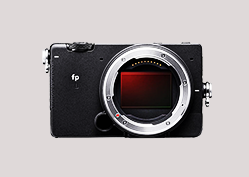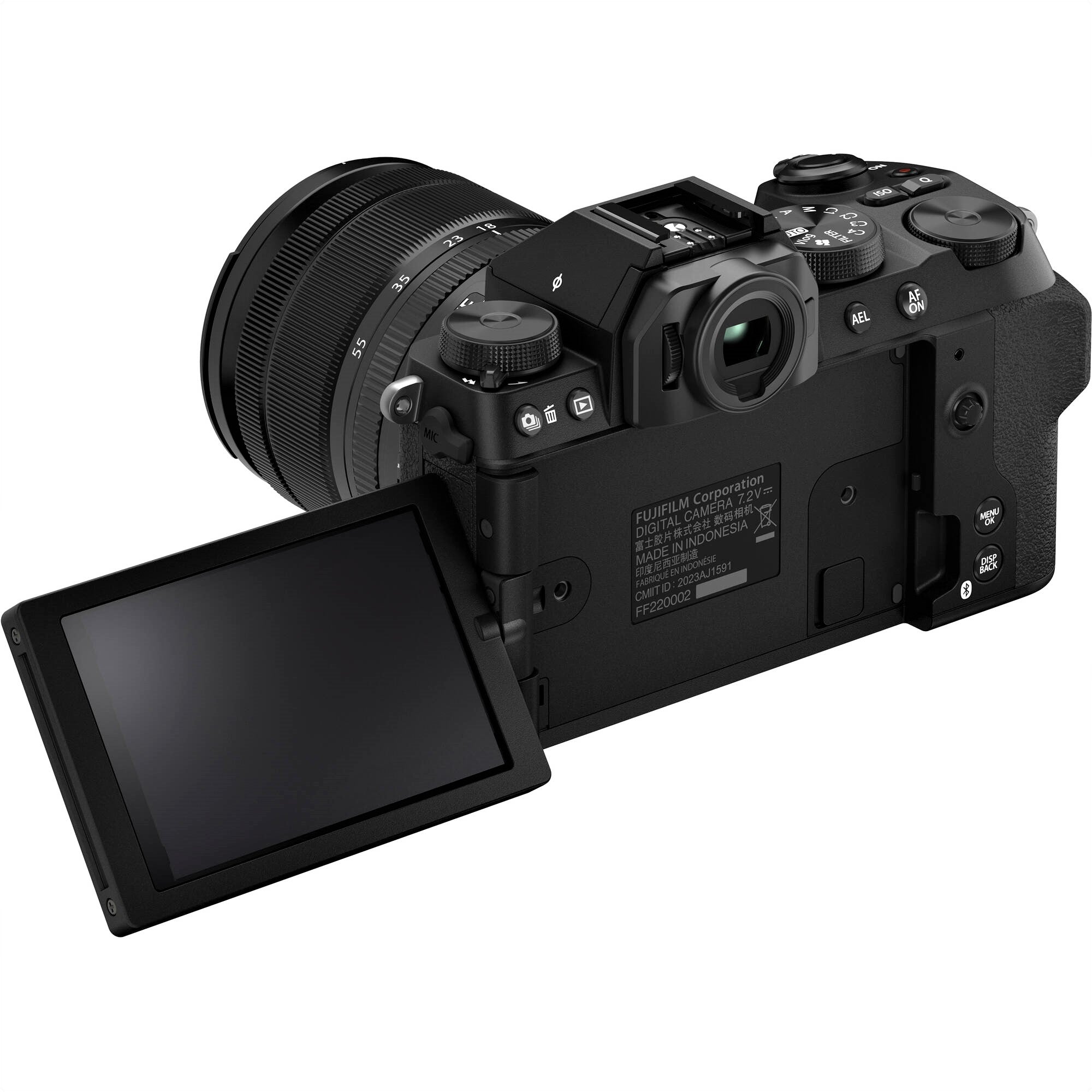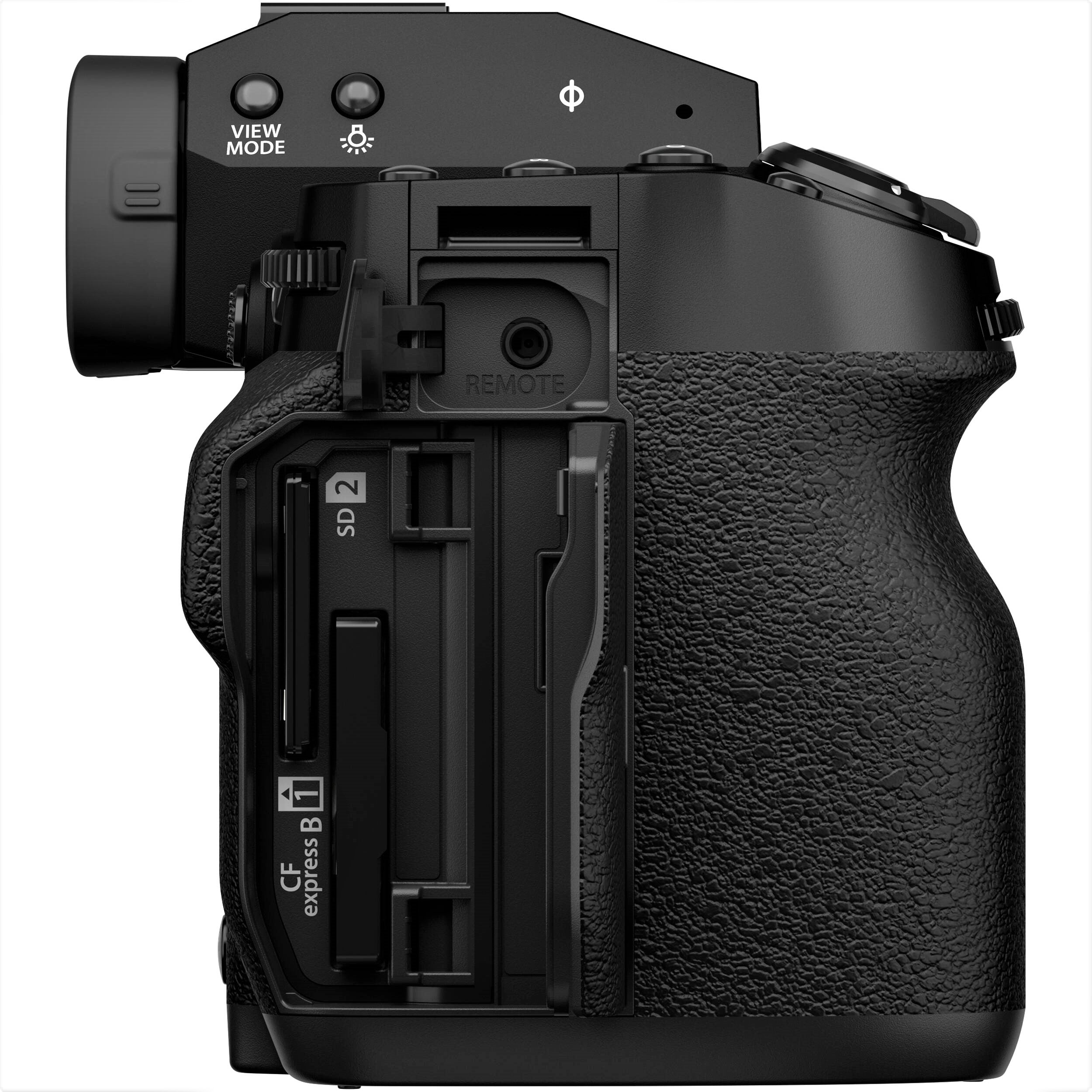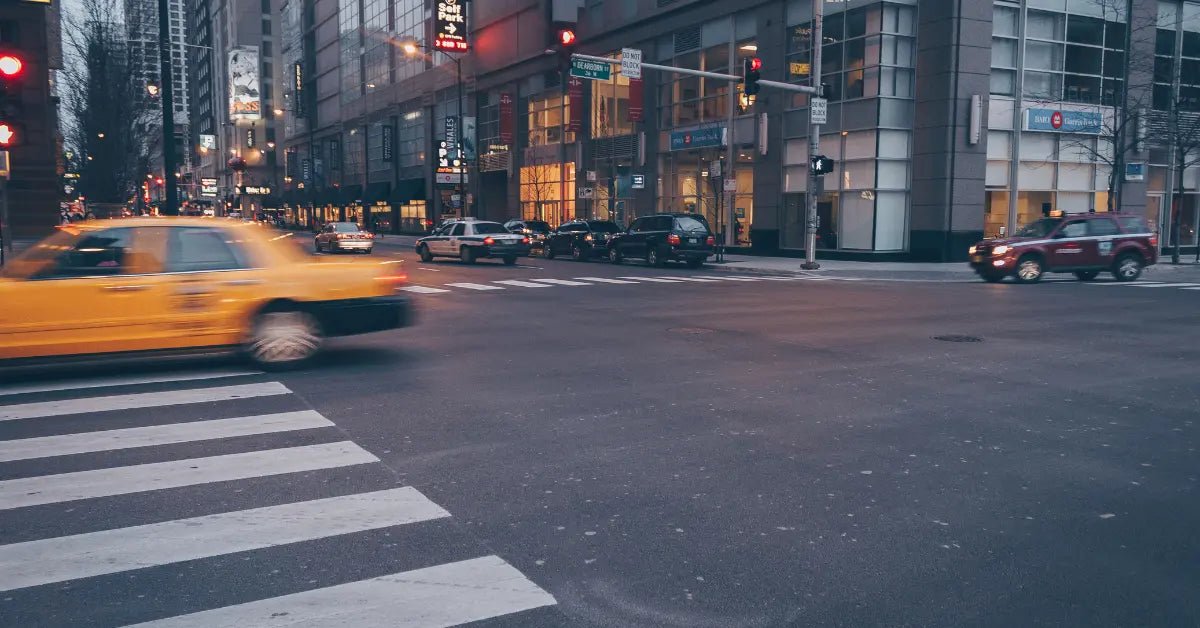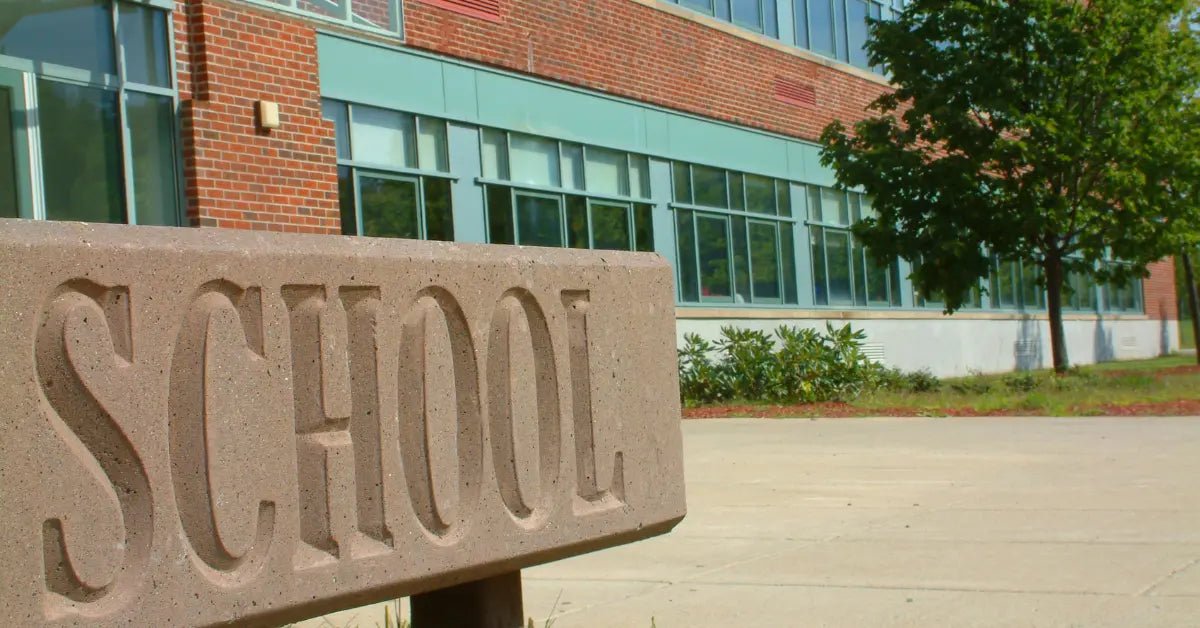You've got a blank canvas in front of you, right?
Now, imagine that the parts you choose not to slap paint on are just as important as the ones you do. That's pretty much the secret sauce of negative space in photography. It's this sneaky little trick that can turn your average snapshots into total show-stoppers.
So, what's the deal with negative space anyway?
It's all about the space that cuddles up around your main subject – the spot that most people might not even give a second glance, but boy, does it pack a punch in setting the vibe and message of your pic.
This blog is like your all-access pass to getting cozy with the whole concept of negative space. We're going to break down why it's such a big deal, show you some killer ways to rock it in your shots, and dish out some pro tips to crank your photo game up a notch.
By getting the lowdown on how to play around with what's not there, you're basically going to shine a spotlight on what is. It's all about striking this perfect balance that makes your photo not just seen, but felt.
What Is Negative Space in Photography?
Understanding Negative Space

Negative space in your photos as the quiet buddy of your main star—the subject. It's all that space hanging around, behind, and between everything else in your shot. But here’s the twist: it’s not just there to fill up the frame. It’s actually your secret weapon.
This space acts like a guide, gently nudging the viewer's gaze to focus right where you want it, on the main attraction. It's like clearing up the clutter in a room so the cool piece of art on the wall stands out.
By playing it smart with this unsung hero, you can dial up the drama and simplicity of your composition, making your images feel more open, clean, and focused. It’s all about using what’s not there to highlight what is. Pretty neat, right?
The Power of Minimalism

When photographers play their cards right with negative space, they hit the jackpot with a clean, minimalist vibe that makes the main act—the subject—pop like it's got its own spotlight.
It's not just about making the subject look good (though it totally does that), it's also about stirring up feelings and stories in the minds of whoever's looking at the photo.
Think of it like a visual whisper that grabs your attention—it says a lot without cluttering up the scene. This magic trick of sorts lets the subject's details and significance do all the talking, setting off a little firework show of emotions and thoughts in your brain. It's all about getting that perfect balance that says, "Look here, feel this," without needing to shout.
With an understanding of what negative space is and its impact, let's explore how to harness its potential to elevate your photographic work.
Techniques for Maximizing Negative Space
Choosing the Right Subjects

Let's talk about picking the perfect subjects for that epic negative space vibe. You know what makes an image really pop? When you've got something - or someone - that looks like it's meant to stand all alone, smack in the middle of a whole lot of nothing. It's like finding that one flower in a desert or a lone tree chilling on a hill.
That kind of setup? It's gold.
Think about it. When you isolate something in your shot, you're not just filling space; you're telling a story. That lone subject can scream "I'm all about that peace and quiet" or "Yep, feeling a bit on the lonely side here."
And sometimes, it's just about making something ordinary look downright dramatic. It's all in how you frame it and the vibe you're going for.
So, grab your camera, pick a subject that stands out all by its lonesome, and play around with the space around it. You're not just taking a photo; you're crafting a mood, a moment, or even a bit of mystery.
And who knows? That simple, isolated shot might just turn out to be your masterpiece.
Composition and Framing

Alright, let's break it down and keep it chill. When you're framing your shot, think about it like you're dividing your viewfinder into a tic-tac-toe board. This is what photographers call the Rule of Thirds.
The idea is to place your main squeeze (a.k.a. your subject) at one of those points where the lines intersect. Why? Because it feels more natural to our eyes and, honestly, just looks better.
Now, about that negative space we've been chatting about—it's your secret weapon to make your subject truly pop. By placing your subject off-center and letting all that empty space breathe, you guide anyone looking at your photo right to where you want them. It's like using a spotlight, but way subtler.
Don't just stop there, though. Play around with your camera. Tilt it. Move it up, down, left, right. Get low or climb up high. Changing your angle can turn an okay photo into a "Whoa, did you take that?" kind of shot.
Each perspective can change the vibe of the negative space and how it interacts with your subject.
It's all about finding that perfect balance where everything clicks—where your subject and the space around it are in this beautiful, harmonious dance. So, go ahead, experiment and see what unfolds. You might just surprise yourself.
Lighting and Contrast

Lighting and contrast—your secret weapons to make your subject truly stand out. Think of the scene as a stage and your subject as the star of the show. You want that star to shine, right? That's where playing with lighting and contrast comes into play.
Imagine this: your subject under a soft, glowing light against a shadowy, mysterious background. This isn't just about making things look pretty; it's about creating a visual punch that draws eyes exactly where you want them. By ramping up the contrast—making the light lighter and the dark darker—you create a spotlight effect. It's like your subject is on stage, taking a bow, and the rest of the world fades into the backdrop.
But it's not just about brightness and shadows. It's about mood, emotion, and storytelling. A brightly lit subject against a deep, dark background doesn't just pop; it tells a story. It speaks of isolation, focus, importance, or even drama. This contrast, this interplay of light and dark, is what can turn a good photo into a breathtaking one.
So, grab your camera and start experimenting with different lighting setups and backgrounds. Watch how the mood shifts with the light, and see your subject stand out in ways you never imagined. Remember, photography is as much about what you show as it is about what you don't.
Use light and shadow to tell that story, to make that statement. Let's make your subject pop, not just by being seen, but by being felt.
Armed with these techniques, let's move on to practical tips that you can apply directly to your photography practice.
Enhancing Your Photos with Negative Space
Experimentation is Key

To really get a feel for the magic of negative space, you've gotta play around with it. Mix things up! Try snapping your shots from new angles, mess with the framing, or change the scenery. It’s all about seeing what sticks. Each tweak can totally flip the vibe of your photo, swinging from serene to intense, or from cluttered to crystal clear.
It’s like each shot tells its own story, and by experimenting, you’re exploring all the different genres your camera can handle. So, don’t be afraid to experiment and get a little wild with your compositions and settings.
It’s the best way to discover how subtle changes can dial up the drama or mellow out the mood in your shots.
Analyze and Learn

Look into the portfolios of photographers who are wizards at playing with negative space. It's like going on a treasure hunt, where each photo is a map to new insights and inspiration. Pay close attention to how they arrange their shots—the positioning, the angles, everything.
Notice the subjects they pick; sometimes, it's the most ordinary object that takes on a new life against a vast, empty background. But here's the kicker: try to feel what their photos are whispering to you. Is it a sense of loneliness, a burst of joy, or a tranquil moment of peace?
These photographers are not just taking pictures; they're telling stories without words, using nothing but space and subjects.
It's all about the vibe each photo gives off. So, grab a notebook, jot down your observations, and think about how you can infuse your own photos with the same kind of magic.
Keep It Simple

Keeping it chill and straightforward in negative space photography. Here's the thing: simplicity isn't just nice; it's everything. Imagine you're setting up a shot, and there's a bunch of random stuff in the background—no bueno.
That's like trying to hear a whisper in a noisy room. What you want is a clean, clear backdrop that makes your main subject pop. Think of it as decluttering your photo to give your subject some breathing room. It’s all about making sure nothing steals the spotlight or cramps your style. By cutting out the extras and focusing on the essentials, your photos don't just look better; they feel better, too.
It’s like giving your subject its own stage to shine on, making everything more impactful and, honestly, a lot more fun to look at.
Embrace the Process
Getting the hang of using negative space is kind of like learning to appreciate a good cup of coffee; it doesn't happen overnight. Give yourself some slack and remember, it's all about the ride, not just the destination.
Think of it as a cool scavenger hunt where you're slowly uncovering secrets of the visual world. Each photo you take brings you one step closer to seeing things in a way you've never seen before.
So, grab your camera, play around with angles and settings, and revel in each aha moment. There's a whole world of unseen beauty waiting for you to capture it, one frame at a time. Enjoy the process of growing your skills and watch as your photos start to tell more compelling stories, all thanks to a bit of space.
Conclusion
Negative space in photography is not merely a compositional tool; it's a storytelling device, a way to highlight the beauty and importance of what is seen by emphasizing what is not. By mastering the use of negative space, photographers can create images that are not only visually striking but also emotionally resonant.
Remember, the key to utilizing negative space effectively lies in understanding its principles, experimenting with different techniques, and always striving to convey a deeper meaning through your compositions. Let the space around your subject narrate its own tale, complementing and elevating the story you wish to tell.
Now that you're equipped with the knowledge and tips on leveraging negative space in your photography, it's time to put theory into practice. Grab your camera, step out into the world, and start seeing the unseen spaces.
Share your creations and experiences; let's inspire and learn from each other in the endless pursuit of photographic excellence.
Visit Nuzira and join our Discord Community to learn more about negative space!

